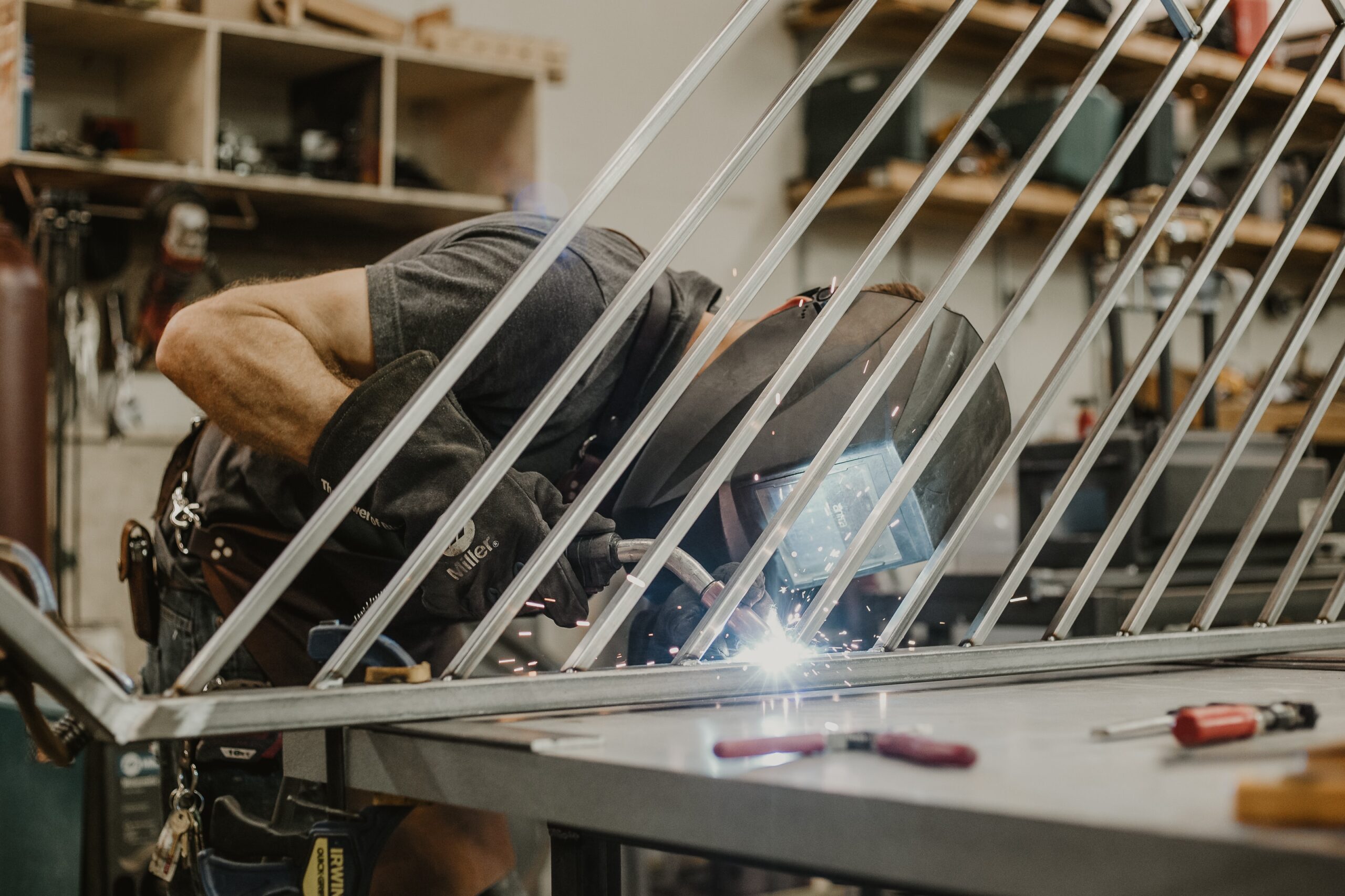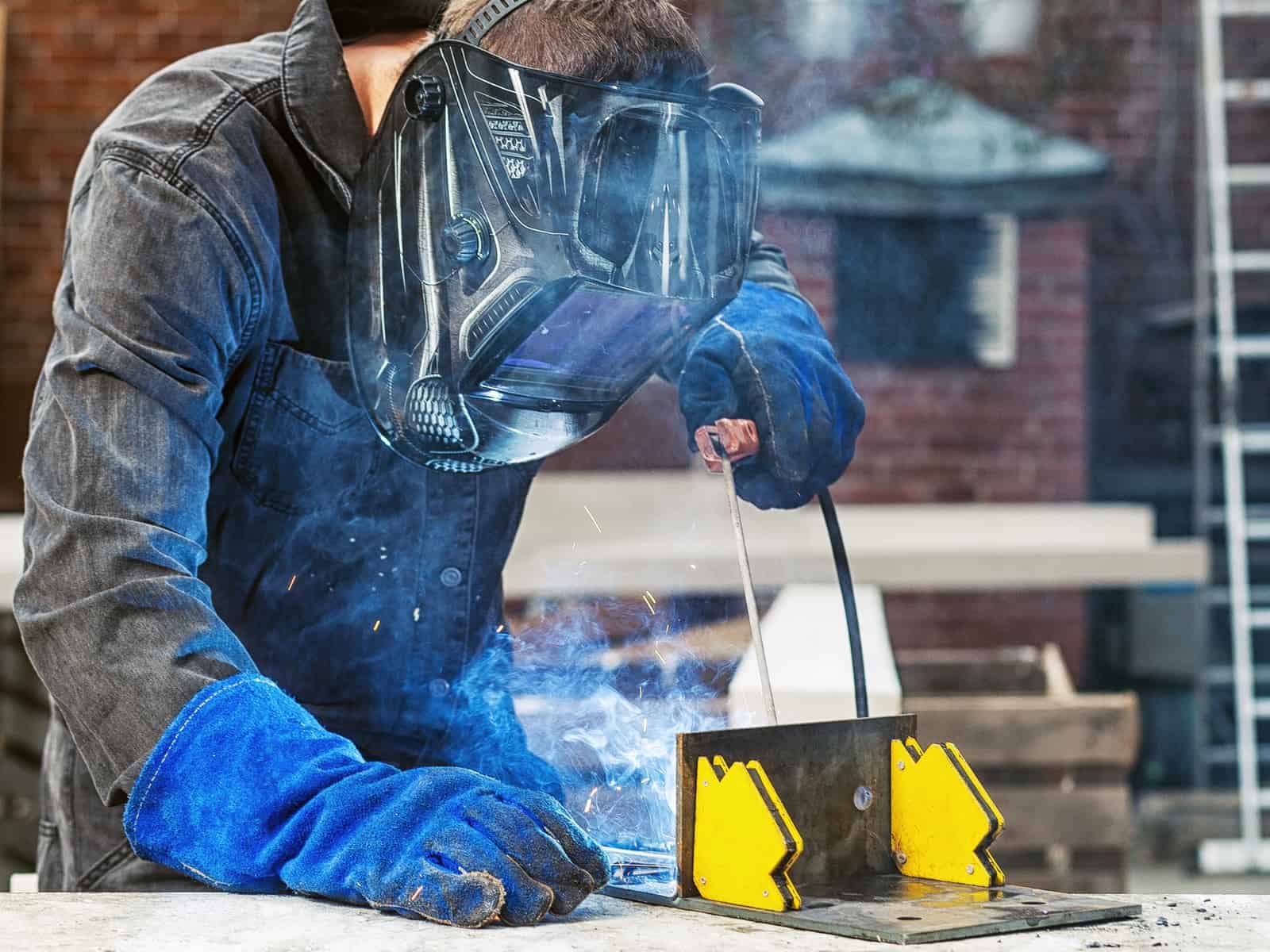Common Welding Repair Issues and Just How to Address Them Efficiently
Welding fixings commonly encounter a variety of concerns that can endanger the stability of the final item. Usual problems consist of poor penetration, porosity, and misalignment, to name a few. Each flaw presents distinct difficulties that require details approaches for resolution. Comprehending these issues is crucial for welders aiming to enhance their results and skills. This conversation will certainly discover these usual welding fixing concerns and efficient methods to address them.
Poor Penetration
Poor penetration happens when the weld steel fails to completely fuse with the base product, resulting in weak joints and prospective architectural failures. This issue frequently comes from not enough heat input, incorrect electrode angle, or inappropriate welding rate. Welders might run into insufficient penetration as a result of a miscalculation of the essential parameters for a details material density or type. In addition, contamination on the base product's surface can hinder reliable bonding, worsening the issue. To deal with inadequate penetration, welders ought to guarantee appropriate settings on their tools and preserve a tidy job surface area. Routine examination of welds is recommended to recognize any kind of deficiencies early, enabling timely corrections and the prevention of endangered architectural honesty in bonded assemblies.
Porosity
Porosity is an usual problem in welded joints that shows up as tiny gas bubbles caught within the weld metal. This issue can compromise the integrity of the weld, causing decreased stamina and potential failing under stress. Welding. Porosity normally occurs from contamination, dampness, or inappropriate welding strategies, which allow gases to escape into the liquified weld swimming pool. To attend to porosity, welders need to ensure appropriate surface area prep work, maintain a clean workplace, and make use of ideal welding parameters. In addition, picking the right filler product and protecting gas can mitigate gas entrapment. Normal evaluation and testing of welds can aid identify porosity early, assuring timely restorative activities are taken, thus maintaining the top quality and reliability of the bonded framework
Imbalance
Imbalance in welding can emerge from different elements, including inappropriate configuration and thermal expansion. Recognizing the root causes is crucial for efficient resolution. Numerous adjustment techniques are readily available to straighten parts and guarantee structural honesty.
Root causes of Misalignment
Welding misalignment frequently stems from a range of underlying issues that can compromise structural stability. One key reason is improper fit-up of parts before welding, which can cause voids and irregular surfaces. Variants in thermal expansion during the welding process can also cause distortion, especially if the products being joined have different coefficients of expansion. Additionally, insufficient fixturing and clamping might fall short to hold parts securely in area, bring about movement throughout welding. Improperly conserved tools, including welding equipments and tools, might introduce incongruities in the weld bead, additional adding to imbalance. Finally, operator error, coming from inadequate training or experience, can also play a substantial function in creating misaligned welds.
Improvement Techniques Readily Available
Dealing with misalignment effectively requires a combination of rehabilitative techniques tailored to the particular problems available. One usual method is making use of components or jigs to hold components in the appropriate position during welding, making certain regular positioning. Furthermore, pre-heating the materials can help in reducing distortion and boost fit-up. For substantial imbalance, mechanical realignment methods, such as using hydraulic jacks or clamps, can be used to correct the placement prior to welding. Post-weld warm treatment might additionally be essential to eliminate tensions brought on by misalignment. Finally, careful inspection and change throughout the setup phase can avoid imbalance problems from coming to be considerable issues, advertising a smoother welding process and boosting overall architectural integrity.
Distortion
Distortion is a common difficulty in welding that can develop from numerous variables, including uneven cooling and heating. Understanding the reasons for distortion is necessary for applying reliable prevention methods. Addressing this issue not just improves architectural integrity yet also enhances next page the general quality of the weld.
Reasons of Distortion
When based on the intense warm of welding, materials usually go through adjustments that can cause distortion. This sensation mostly develops from thermal growth and contraction throughout the welding procedure. As the weld area warms up, the product increases; upon cooling, it contracts, which can produce internal anxieties. In enhancement, unequal heating across a workpiece can worsen browse this site these tensions, resulting in warping or bending. The sort of material likewise plays a significant function; metals with varying thermal conductivity and coefficients of expansion might react in different ways, causing unforeseeable distortions. Inadequate joint style and inadequate fixturing can add to misalignment throughout welding, boosting the probability of distortion. Recognizing these reasons is essential for efficient welding repair and avoidance methods.
Avoidance Techniques
Efficient prevention techniques for distortion throughout welding emphasis on managing heat input and making sure appropriate joint layout. Keeping a constant warmth input assists to decrease thermal development and tightening, which can bring about distortion. Utilizing strategies such as pre-heating the work surface can likewise decrease the temperature gradient, promoting uniform home heating. In addition, selecting proper joint layouts, such as T-joints or lap joints, can enhance stability and lower stress and anxiety focus. Applying proper fixturing to secure the workpieces in position further aids in keeping positioning during the welding process. Staggered welding series can distribute warmth more evenly, preventing local distortion. By using these approaches, welders can substantially lower the probability of distortion and enhance the total high quality of their welds.
Breaking
Cracking is a common concern come across in welding fixings, commonly arising from numerous aspects such as inappropriate cooling rates, product option, or inadequate joint prep work. The incident of splits can considerably jeopardize the integrity of the weld, resulting in possible failures throughout operation. To address this problem, welders must first analyze the root causes, guaranteeing that products are suitable and appropriately chosen for the certain application. In addition, regulating the air conditioning rate throughout the welding procedure is crucial; quick air conditioning can generate stress and anxiety and lead to cracking. Appropriate joint layout and preparation likewise add to lessening the danger. Executing these strategies can boost weld top quality and longevity, ultimately decreasing the likelihood of cracking in completed weldments.

Insufficient Blend
A substantial issue in welding repairs is incomplete blend, which happens when my review here the weld metal does not appropriately bond with the base material or previous weld passes - Montana Mobile Welding and Repair Fabrication. This problem can cause weak points in the joint, possibly jeopardizing the honesty of the bonded structure. Variables adding to insufficient fusion consist of insufficient warmth input, inappropriate welding technique, and contamination of the surface areas being joined. To address this issue successfully, welders need to assure correct pre-weld cleaning and surface area prep work, as well as readjust their welding specifications to achieve ample penetration and fusion. Routine assessment during the welding process can additionally help determine incomplete fusion early, enabling for timely corrective actions to improve the total high quality of the weld
Overheating
While welding repairs can boost structural stability, overheating offers a significant difficulty that can bring about product degradation. Extreme warm during welding can alter the mechanical buildings of metals, leading to reduced stamina, raised brittleness, and bending. This phenomenon is especially essential in high-stress applications where structural integrity is vital. Identifying overheating can include visual inspections for staining or distortion, in addition to keeping an eye on temperature level throughout the welding process. To minimize the threats related to overheating, welders need to utilize proper techniques, such as controlling heat input, changing traveling rate, and utilizing ideal filler materials. In addition, executing pre- and post-weld heat treatments can aid recover product properties and improve the general quality of the repair service, making sure long-term performance and security.
Regularly Asked Questions
What Are the Usual Indicators of a Welding Flaw?

How Can I Test My Welds for Top quality?
To test welds for high quality, one can make use of visual examinations, ultrasonic screening, and radiographic methods. Each technique assures structural stability, identifies issues, and confirms adherence to defined standards, ultimately improving the dependability of the welded joints.
What Security Precautions Should I Take While Welding?
When welding, one ought to focus on safety by using appropriate personal safety tools, ensuring correct ventilation, securing flammable products away, preserving a tidy work area, and being aware of environments to prevent mishaps and injuries.
Can I Repair a Weld Without Redoing the Entire Joint?
Repairing a weld without remodeling the whole joint is possible, depending on the damage (Belgrade Welding). Methods such as grinding, including filler product, or using a welding procedure can efficiently resolve particular problems while maintaining the bordering structure
What Devices Are Vital for Efficient Welding Services?
Crucial devices for effective welding repair work include a welding equipment, wire brush, mill, safety equipment, clamps, and filler products. Each device plays an essential role in guaranteeing high quality and security throughout the repair work procedure. Porosity commonly occurs from contamination, wetness, or incorrect welding methods, which allow gases to escape right into the molten weld pool. Badly kept devices, consisting of welding machines and tools, might present variances in the weld grain, more adding to imbalance. When subjected to the extreme warm of welding, materials often go through changes that can lead to distortion. Splitting is a typical problem run into in welding repair work, frequently resulting from numerous factors such as incorrect air conditioning prices, product option, or poor joint prep work. A substantial concern in welding repair work is incomplete combination, which happens when the weld steel does not sufficiently bond with the base material or previous weld passes.